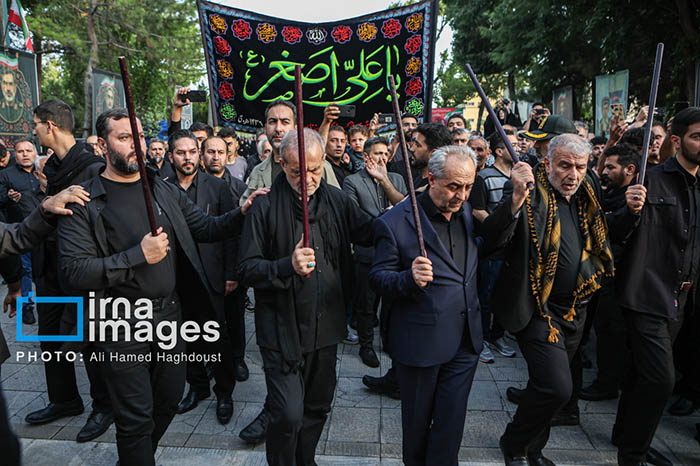Historical Roots of Tasua and “Shah Hossein Goyan” in Azerbaijan
The mourning ceremonies of Muharram, especially those of Tasua and Ashura, have long formed the spiritual backbone of Iran’s Shia communities. For the people of East Azerbaijan—home to one of Iran’s most vibrant cultural identities—these rituals take on even deeper dimensions. The Turkic-speaking Azerbaijani population has preserved a unique form of mourning known as “Shah Hossein Goyan”, a rhythmic lament performed in circles, expressing grief for Imam Hossein, the third Shia Imam, who was martyred in the Battle of Karbala in 680 CE.
The phrase itself, “Shah Hossein Goyan,” literally means “Calling the name of King Hossein,” reflecting both veneration and a sense of loyalty. Participants rhythmically beat their chests while chanting “Shah Hossein” and walking in unison, forming tight lines that move in concentric circles. This form of collective devotion is passed down generations and remains a fundamental part of religious expression in Tabriz, Maragheh, Ahar, and other cities of the region.
Such rituals are more than religious observances; they are cultural treasures that fuse Islamic values with regional identity. As President Pezashkian noted in his brief speech during the ceremony, “The voice of Shah Hossein Goyan is the voice of resistance, sacrifice, and the moral conscience of a nation. It echoes in the heart of every Iranian, regardless of ethnicity or language.”
